Special Drawing Rights (SDRs) are an artificial reserve and payment instrument issued by the International Monetary Fund (IMF). In fact, it is not a currency, but acts as a unit of account. However, special drawing rights can be exchanged by countries for money. SDRs were created in 1969 to address the shortage of gold and US dollars as preferred reserves. From now on, they are used as an alternative.
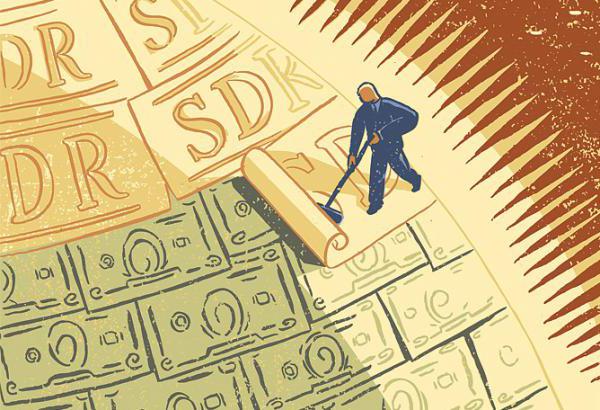
IMF allocates special drawing rights to member countries. Private organizations and individuals cannot be their holders. As of August 2009, $ 21.4 billion was allocated. Additional funds were issued during the global financial crisis. The total amount amounted to 182.6 billion dollars. The main goal of such an injection was to ensure the liquidity of the global economic system and to supplement the official reserves of member states. As of October 2014, over 204 billion SDRs were issued.
Title
By the standard of the International Organization for Standardization, the SDR code is XDR. The name of the new reserve asset came from discussions about its main function - payment or credit. The original name was slightly changed during the discussion. The IMF has proposed calling future SDRs “reserve drawing rights”. However, the first word was decided to be replaced due to the controversial nature of the asset being created.
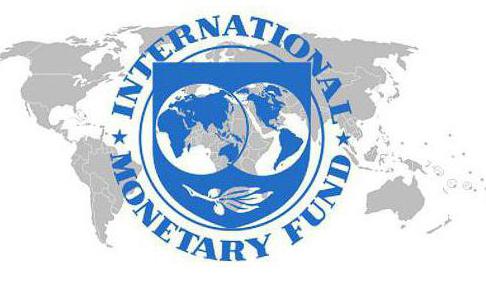
It should be noted that until 1981 SDRs were primarily used as debt securities. That is, during this period, the main was the credit function. The International Monetary Fund required member countries to have a certain reserve of SDRs. If part of them was used, then the state should replenish its supply. However, in 1981 this requirement was canceled. Countries must now maintain their SDR reserves at a certain level, but fines for violations have become much less burdensome.
Story
The International Monetary Fund established SDR in 1969. It was planned that they would become an asset that they would keep as a reserve. At that time, the Bretton Woods system operated, so fixed exchange rates were assumed. One SDR was equal to one dollar and 0.888671 g of gold. After the collapse of the system in the early 1970s, SDRs began to play a smaller role. Since 1972, they began to be used mainly as a design sign between countries.
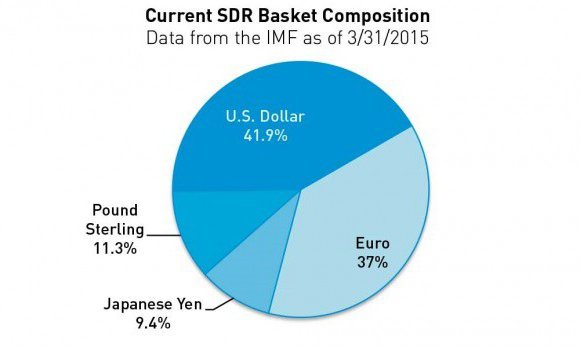
The IMF itself considers the current role of SDRs insignificant. It is unlikely that developed countries will be able to use special drawing rights for anything. Therefore, they are simply kept on their accounts. As for developing countries, they see SDR as an exceptionally cheap loan facility. Another problem is that holders of special drawing rights can only be IMF member states and several licensed organizations. Therefore, the International Monetary Fund calls SDR “an imperfect reserve asset.”
As an alternative to the dollar
The IMF created special drawing rights just when there was a shortage of traditional reserve currencies and gold in the economy. SDR use expands when the dollar is weak. For example, this happened in the 1970s. During this period, the American economy was expected to fall.However, the United States government soon began an active monetary policy and was able to provide the necessary liquidity for its currency. During the first phase of the allocation, about 9.3 billion SDRs were allocated.
Special drawing rights again became popular in 1978. Many countries were suspicious of the dollar at this time, so an extra reserve was needed. During the second phase, about 12 billion SDRs were issued. The next time, the role of special drawing rights increased during the global financial crisis. The third and fourth stages of the distribution of SDRs fall on this period.
Special Drawing Right: Course
The value of SDRs is based on a basket of key international currencies, which is reviewed every five years. The weight attributed to each component is determined based on the use of a particular currency as a means of payment in international trade and reserves.
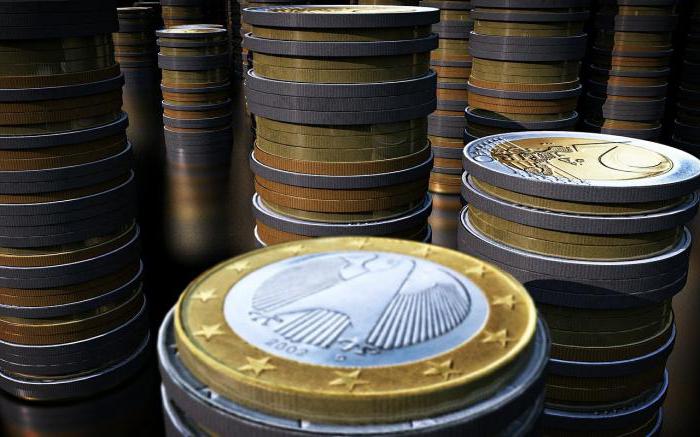
During a review of the basket in November 2015, the IMF decided that the Chinese yuan would be included in the list of SDR components. This innovation will take effect on October 1, 2016. From now on, the shares of currencies in special drawing rights will look like this: the American dollar - 41.73%, the euro - 30.93%, the Chinese yuan - 10.92%, the Japanese yen - 8.33%, the pound - 8, 09% SDR has a floating rate today.
Distribution
Special rights are allocated to IMF states. A country's quota is defined as the maximum amount of financial resources that it is obliged to provide to the organization. To begin a new stage in the distribution of SDRs, it is necessary that 85% of the votes are in favor. However, it should be noted that the decision-making process in the IMF has some features. One country may have, for example, 16.7% of the vote, and another - 0.02%. This is determined based on the quota. The United States of America has the greatest influence on voting. The distribution of SDRs does not occur on a regular basis; to date, only four stages of their allocation have occurred.
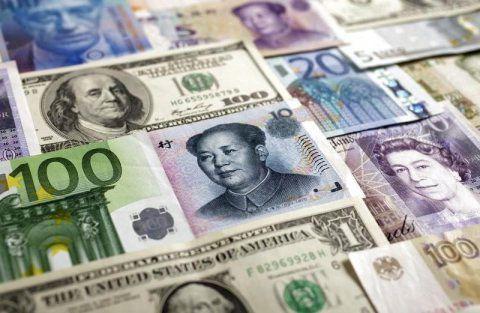
Using
SDRs can be used as a loan facility. However, in order to use the special drawing rights in her account, the country must find a state that wants to buy them. The IMF acts as an intermediary in such a voluntary transaction. As of 2015, SDRs can be exchanged for euros, Japanese yens, pounds sterling and American dollars. The operation may take several days. Some organizations also use special drawing rights as a unit of measure. Sometimes in international agreements and treaties fines and prices are indicated in the SDR. Some countries are tying their currencies to special drawing rights in the hope of showing their economies more transparent.






